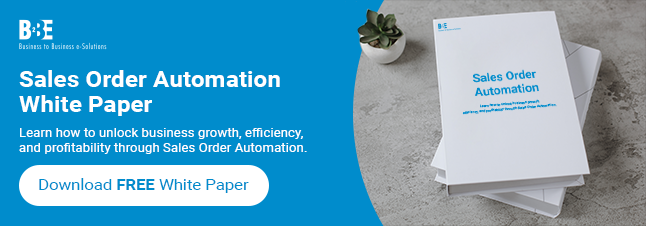In the intricate world of B2B sales, the concept of optimising the sales cycle is a cornerstone for sustainable growth and prosperity. But what does it truly mean to optimise the B2B sales cycle? And how can it benefit your business in concrete, measurable ways?
What is B2B sales cycle optimisation?
B2B sales cycle optimisation, at its core, involves the strategic enhancement of each stage in your sales process to achieve maximum efficiency, productivity, and revenue generation. It’s about fine-tuning your approach from lead generation to post-sale support, ensuring that every step contributes to your business’s overall success.
Poll results
In our most recent LinkedIn poll, we asked our social media followers: how do you optimise your B2B sales cycle processes?
Optimising B2B Sales Cycle Processes
Here’s what we found:
1. Analyse sales data
A significant 60% of the respondents emphasized the importance of analysing sales data. This response underscores a strategic approach to improving sales operations and carries several key implications.
Analysing sales data involves the collection, examination, and interpretation of a wide range of data points related to the sales process. This could include customer interactions, conversion rates, revenue figures, customer demographics, and more. This result indicates that these businesses recognise the value of data-driven decision-making in enhancing their B2B sales cycle.
What this means is that these organisations leverage insights derived from their sales data to make informed choices. They can identify patterns and trends, understand customer behaviours, pinpoint areas of inefficiency, and refine their sales strategies. Data analysis empowers them to make adjustments in real-time. As a result, this ensures sales efforts are both more targeted and responsive to market dynamics. Ultimately, this data-driven approach leads to increased efficiency, better customer engagement, and a more competitive position in the B2B marketplace.
2. Automate sales processes
20% of the respondents highlighted the significance of automating sales processes. This response underscores a proactive approach to streamlining and enhancing sales operations, carrying several noteworthy implications.
Automating B2B sales cycle processes involves the integration of technology, such as customer relationship management (CRM) systems and sales automation software, to reduce manual tasks and streamline various stages of the sales cycle. The prominence of this method in the poll signifies that these businesses prioritise efficiency and productivity in their sales efforts.
What this means is that these organisations are committed to leveraging technology to streamline routine tasks. Consequently, this allows their sales teams to focus on higher-value activities such as relationship building, strategy development, and customer engagement. Automation often leads to faster response times, improved accuracy, and more consistent sales processes. Ultimately, this can contribute to increased sales and a more competitive position in the B2B marketplace. Furthermore, it frees up valuable time and resources that can be directed towards strategic growth initiatives.
3. Define buyer personas
10% of the respondents emphasized the importance of defining buyer personas. This response highlights a strategic approach to understanding and engaging with potential customers, carrying several key implications.
Defining buyer personas involves creating detailed profiles of ideal customers, incorporating factors such as demographics, pain points, motivations, and buying behaviours. This approach is fundamental for tailoring B2B sales and marketing efforts to address the unique needs and preferences of different customer segments.
What this means is that these organisations recognise the value of personalised and targeted sales strategies. By defining buyer personas, they also gain a deeper understanding of their customers, enabling them to craft more relevant messaging, product offerings, and sales approaches. This, in turn, results in more effective and efficient sales interactions, higher customer satisfaction, and increased likelihood of closing deals. It’s a strategy that emphasizes quality over quantity and the establishment of strong, lasting customer relationships.
Other – 10%
Finally, 10% of the respondents cited “other” as their preferred method. While the specific details of these strategies may vary, this response reflects the diversity and adaptability within B2B sales practices.
The “other” category suggests that a portion of respondents employs unique or specialised strategies tailored to their specific industry, market, or business model. These strategies might include innovative approaches that aren’t covered by the predefined response options in the poll.
What this means is that these organisations are likely exploring creative and unconventional methods to enhance their sales processes. It could involve anything from unique pricing models and partnership strategies to customised sales technologies or niche-specific tactics. This adaptability to find and implement alternative strategies is a testament to their commitment to finding the most effective solutions for their specific circumstances. It also underscores the dynamic nature of B2B sales, where one size does not fit all, and innovation can lead to a competitive edge.
Learn more about B2BE’s Sales Order Automation solution.
More information
B2BE’s experience in the supply chain sector allows our customers to build, expand and adapt successfully, enabling greater effectiveness. To engage with B2BE and offer feedback on what matters most to you and your business, make sure to follow us on LinkedIn and across social media. You can also vote in our latest LinkedIn poll. If you’d like to discuss your supply chain strategy, get in touch with us.

